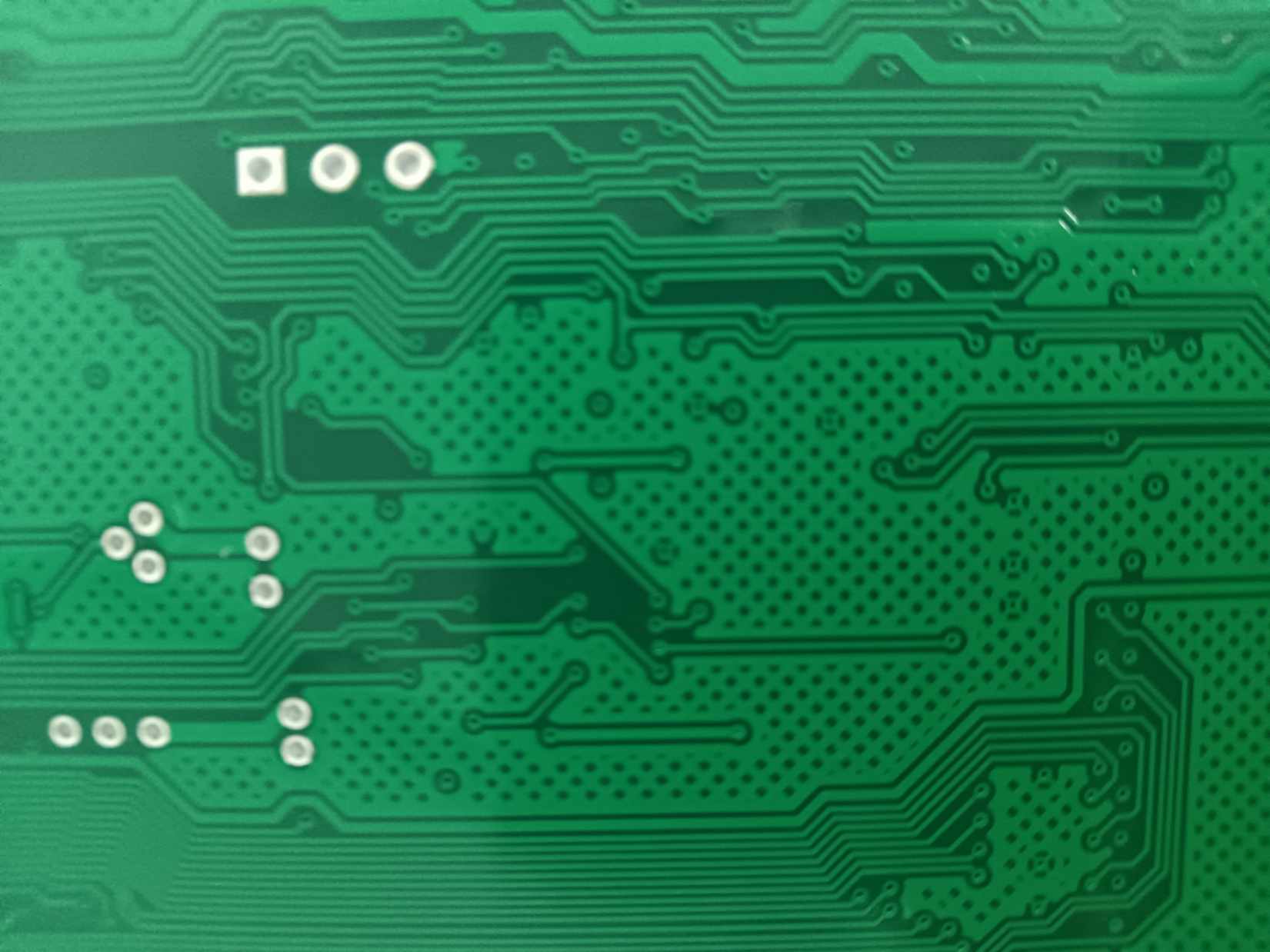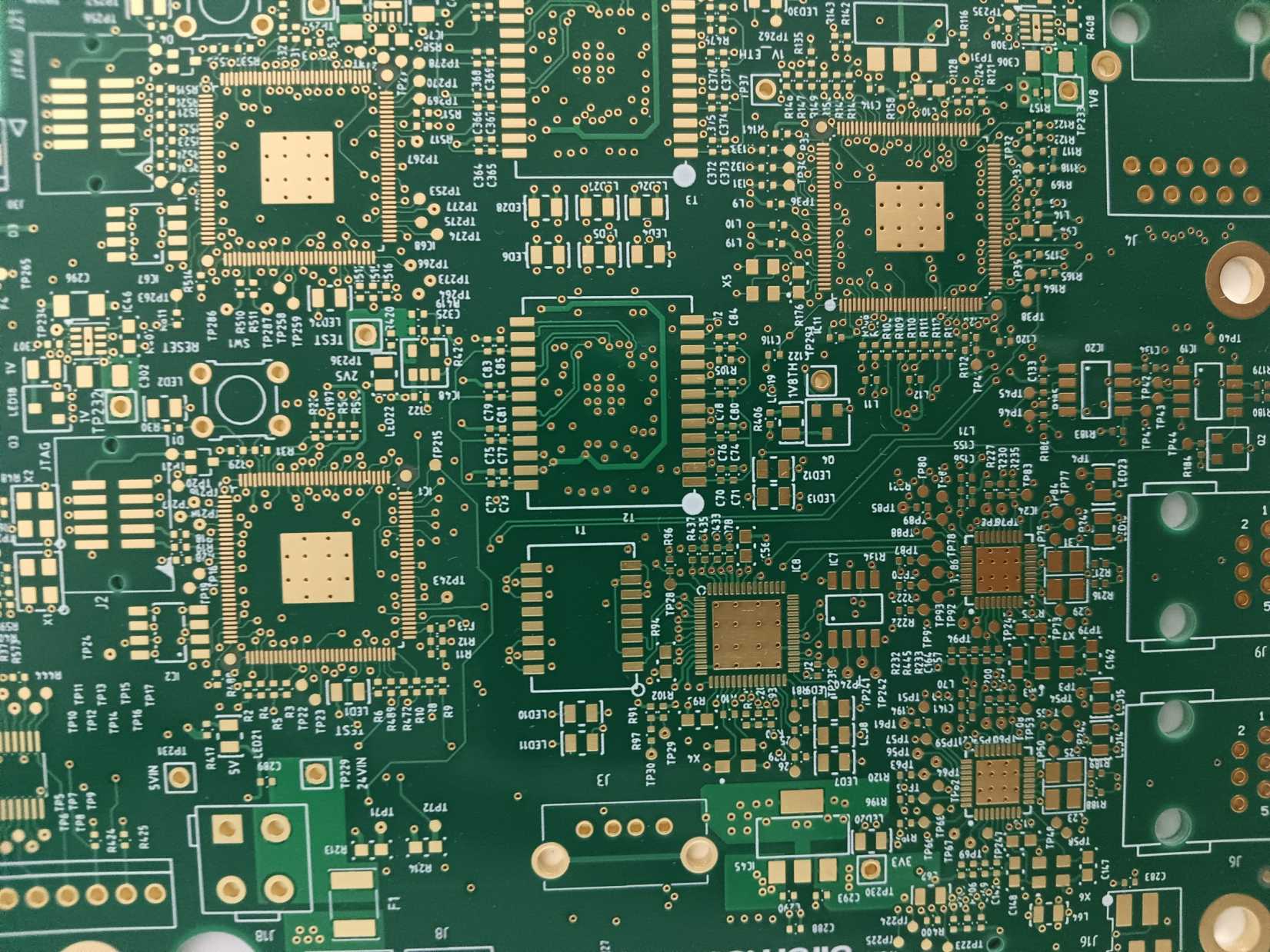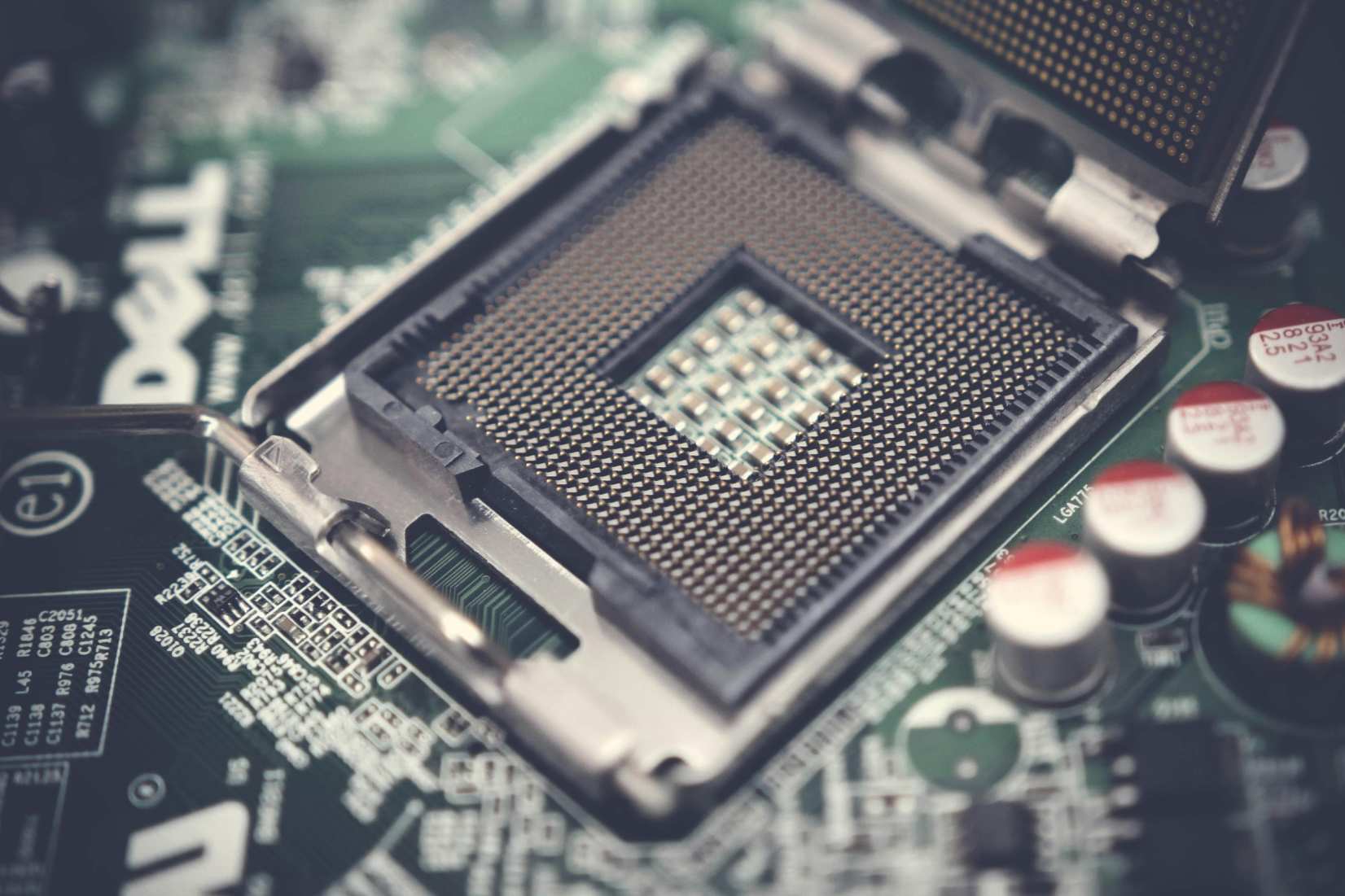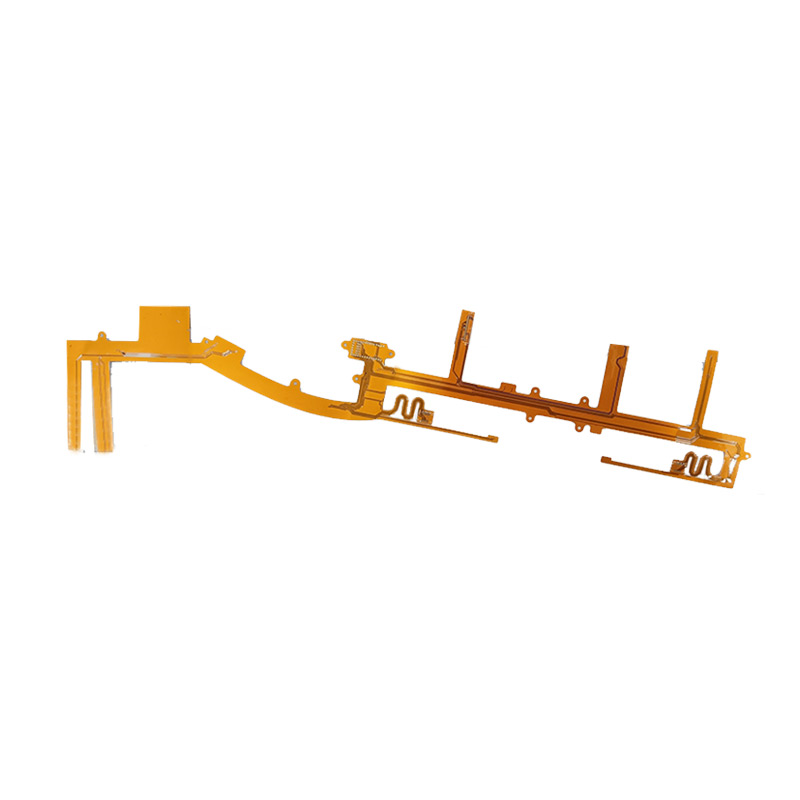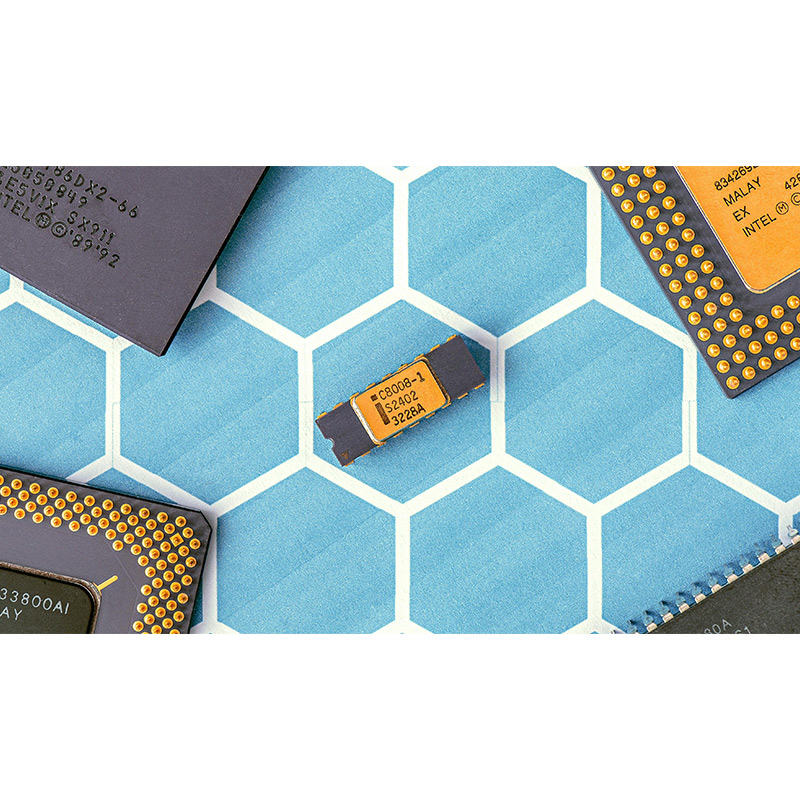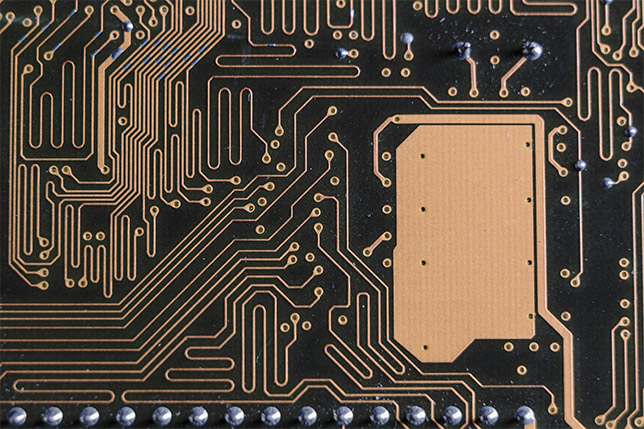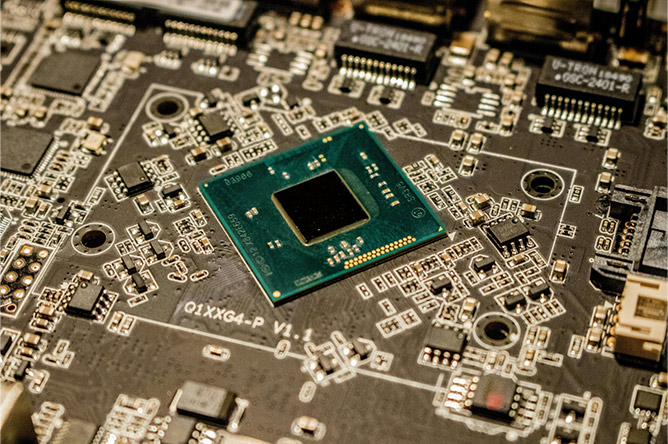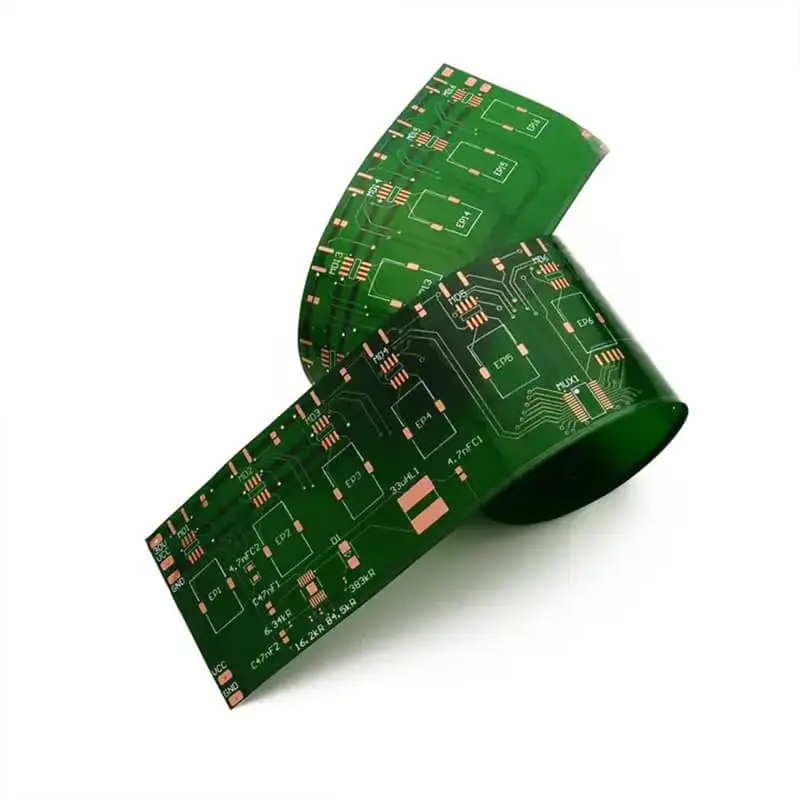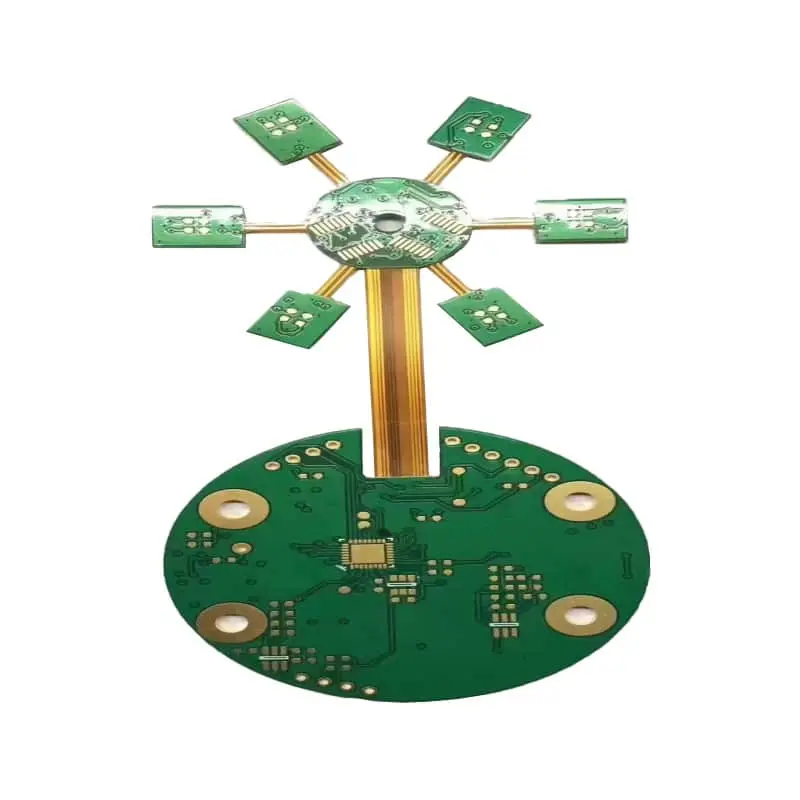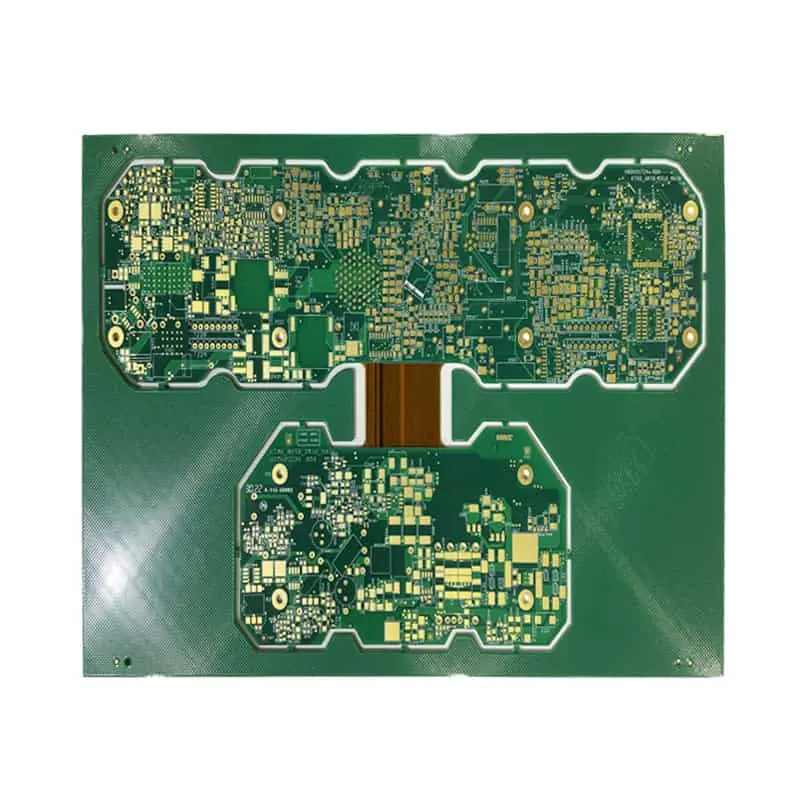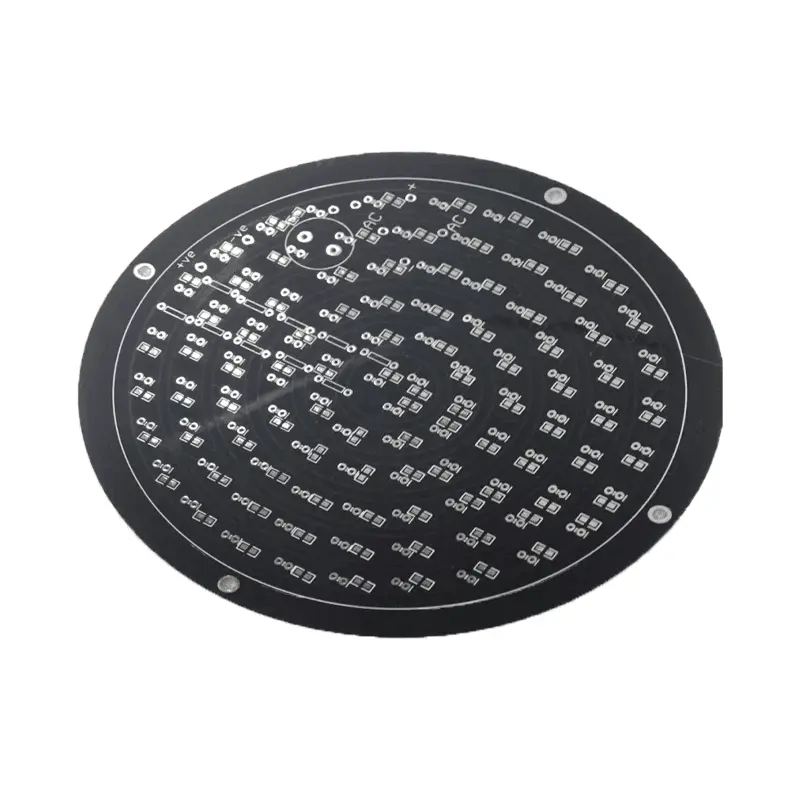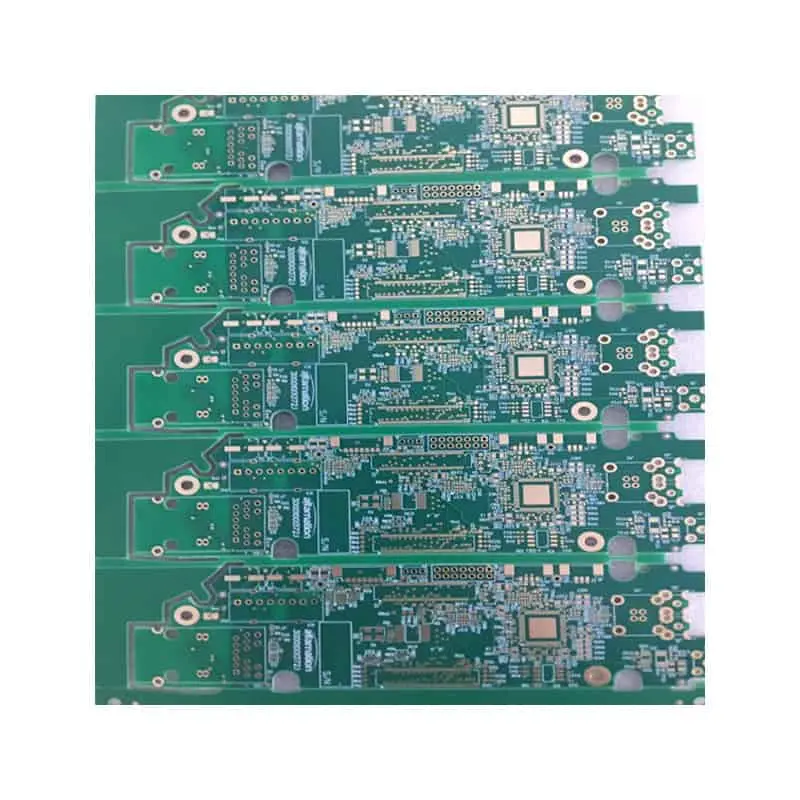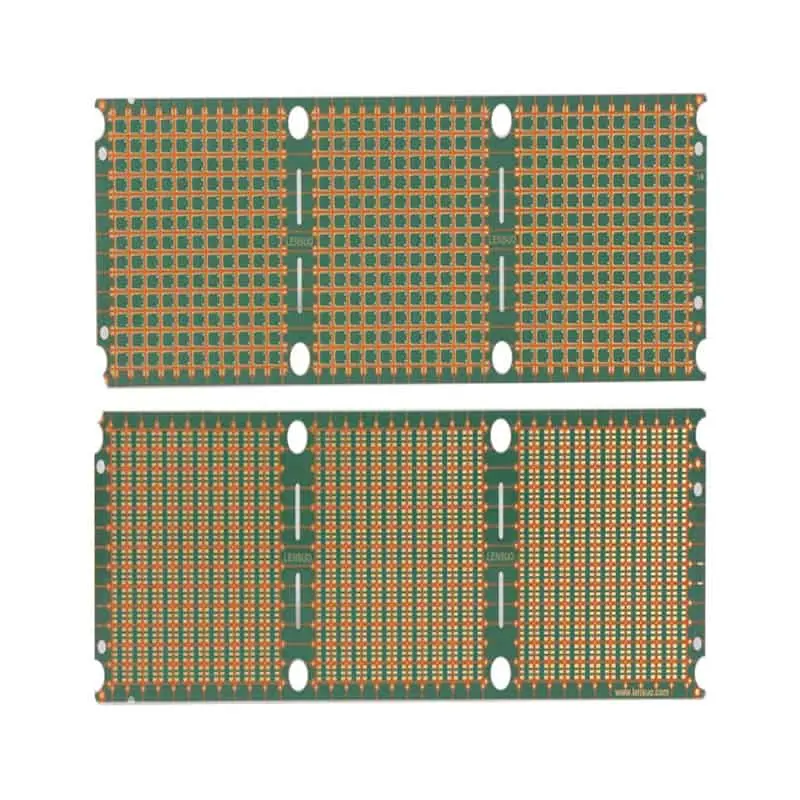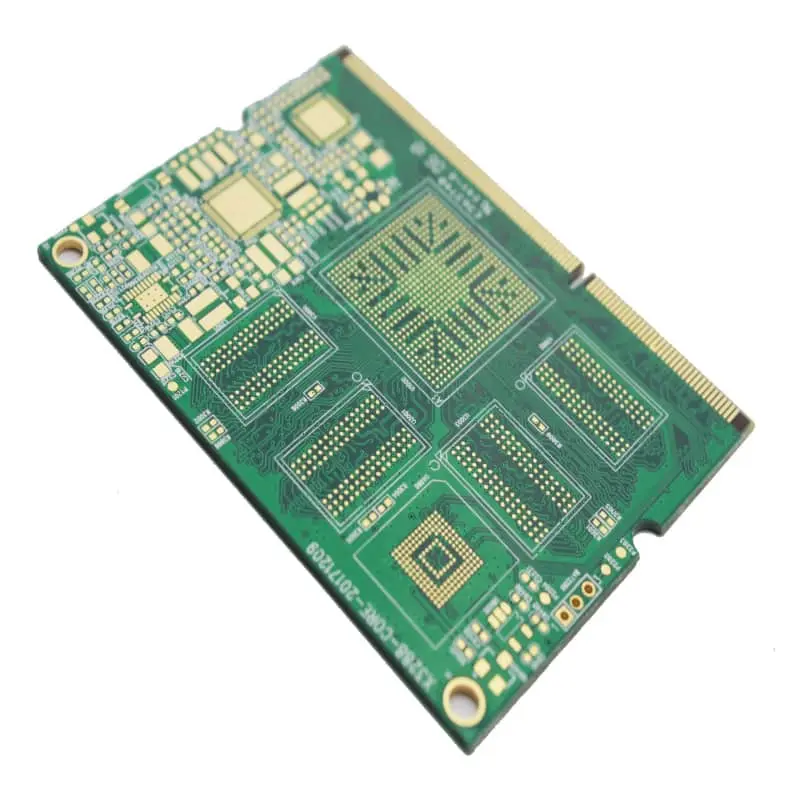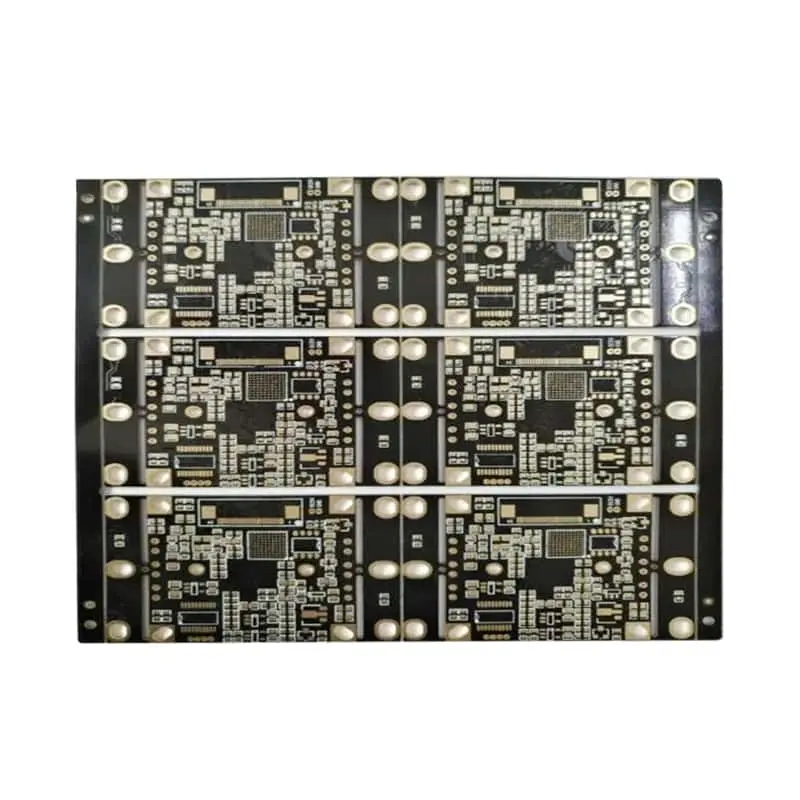Amazingly complicated, radio frequency (RF) printed circuit boards (PCBs) are one of the PCB industry’s fastest-growing sectors. RF circuit boards are designed to operate at radio frequencies, ensuring minimal loss, distortion, and signal integrity.
An Rf Circuit Board: What Is It?
These printed circuit boards are made especially for radio frequencies, usually between 300 MHz and several GHz. They are significant in environments like hospitals, phone systems, and even military installations where high-frequency signals are sent and received.
Important Rf PCB Features
RF circuit boards are well-suited for high-frequency applications with critical signal integrity. Here are a few of the main characteristics of RF PCBs:
1. Selection of Materials
The selection of material is crucial when developing radio frequency circuit boards. Ceramic-filled laminates, PTFE (Teflon), and Rogers materials are frequently utilized because of their low dissipation factor (Df) and low dielectric constant (Dk). These characteristics of the material guarantee signal integrity and reduce signal loss.
2. Design Points
Securing signal integrity is the basic goal of any RF circuit board. RF circuit designs carefully consider elements such as trace width, spacing, and layer stack-up to minimize crosstalk, noise, and signal deterioration. Thanks to the combination of these elements, the circuit board can preserve signal integrity and avoid undesirable signal interference.
3. Examining and Testing
Because RF circuit boards are notoriously sensitive, sophisticated soldering methods like reflow soldering are used on the RF components. These parts guarantee robust connections without endangering board components. Testing is also done on RF circuit boards to make sure they can withstand the strict specifications.
Application of Rf Circuit Boards
RF PCB applications High-frequency signals are necessary in many applications, and RF printed circuit boards, or PCBs, are employed in these situations. Typical uses for them include:
1. Communication telecommunications
This includes satellite communication, WiFi routers, and wireless communication devices like cell phones. Radio-frequency circuit boards can efficiently send high-frequency signals over extended distances.
2. Defence and Aerospace
Important navigation and communication are crucial in challenging environments like aerospace and defense. Radar systems and other military-grade electronics depend on RF circuit boards for dependable and efficient operation.
3. Healthcare Equipment
RF PCBs support the high-frequency operations required by the healthcare system. They are used in wireless patient monitoring systems and medical imaging devices to help convey data with high accuracy and precise imaging.
Advantages of Rf Circuit Boards
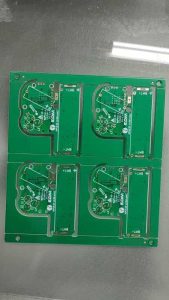
RF Circuit boards (PCBs) are necessary for high-frequency applications due to their numerous advantages, some of which are listed below:
1. Elevated voltage performance required for high-frequency (usually 100 MHz to 100 GHz) efficient operation.
2. Low signal loss guarantees little degradation in the transmission of high-frequency signals.
3. Sturdiness and dependability to tolerate adverse environmental circumstances, such as high temperatures and vibrations.
Conclusion
RF Circuit Boards are made for high-frequency applications. With its cutting-edge manufacturing capabilities and dedication to quality, PCBCOMING is well-positioned to provide high-performance RF PCBs customized to meet your demands.
